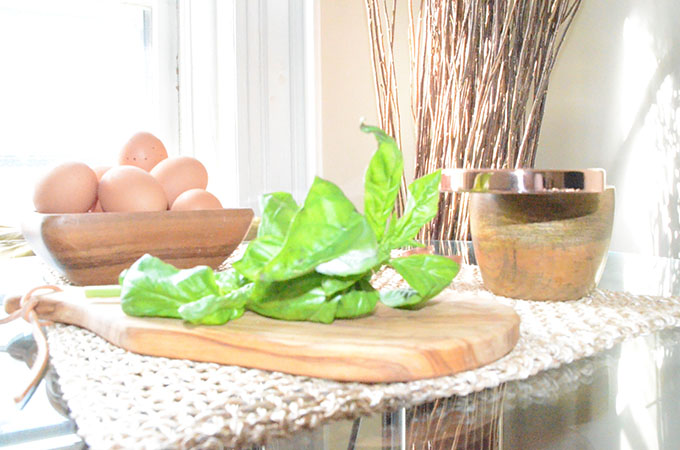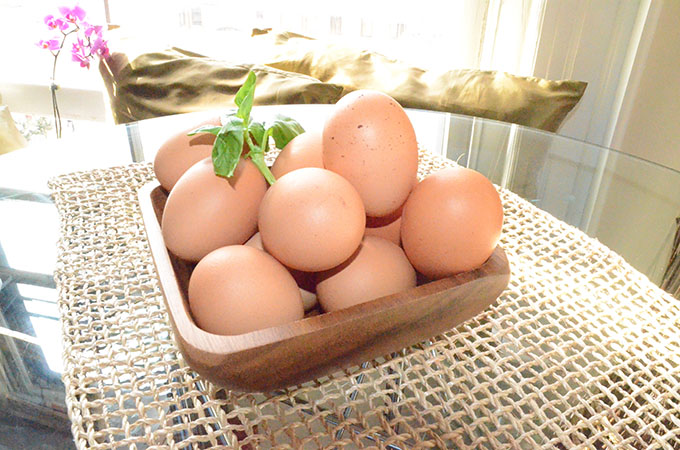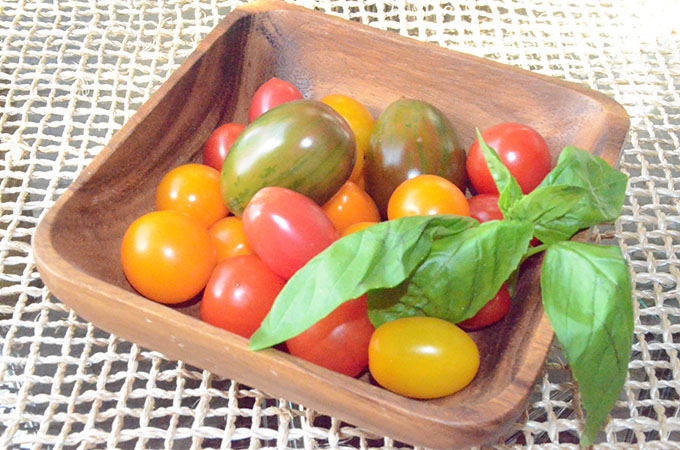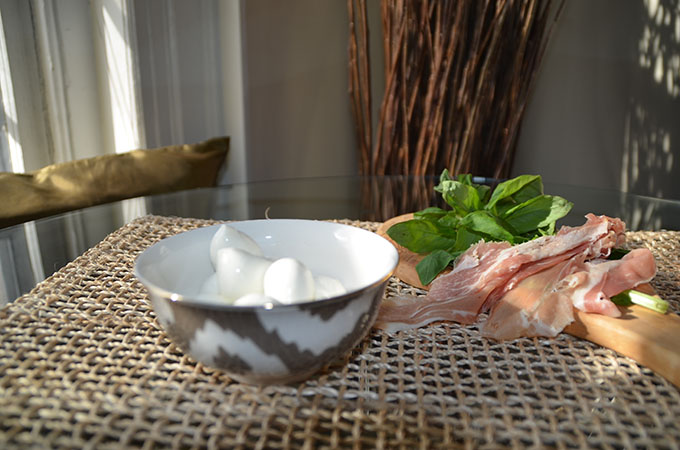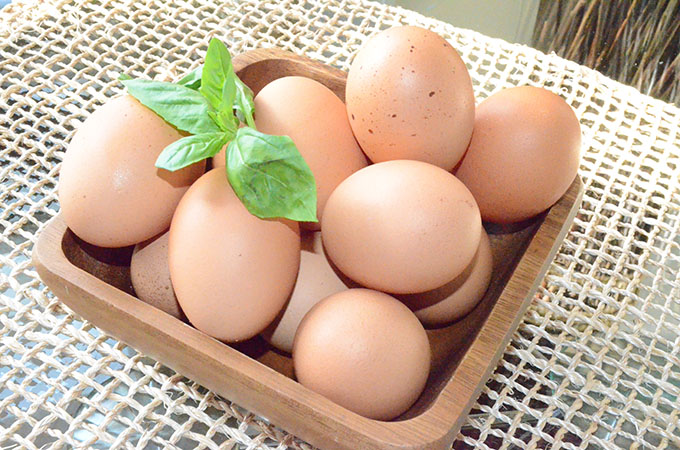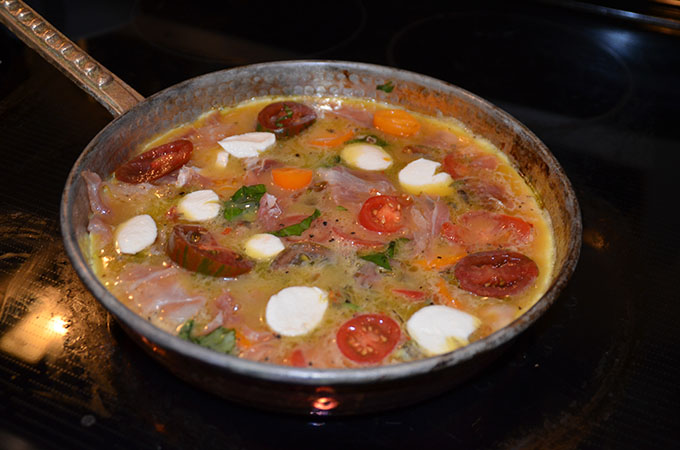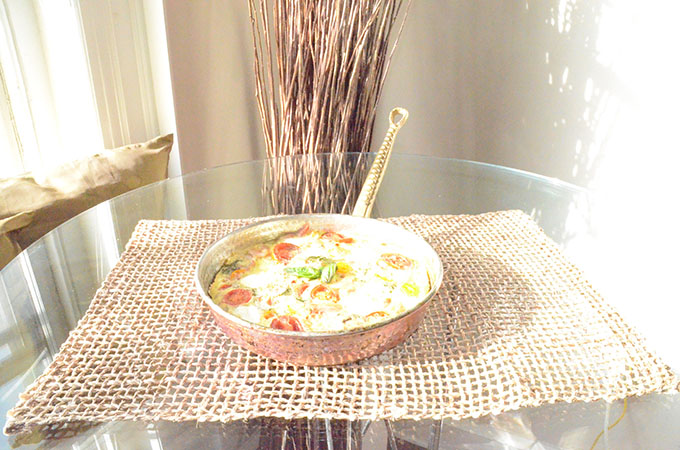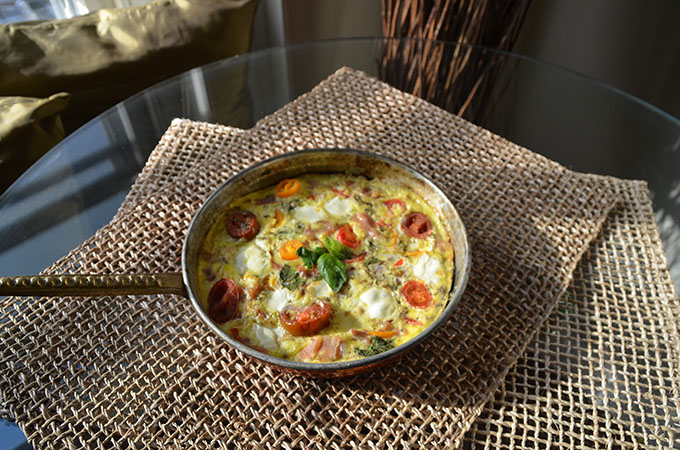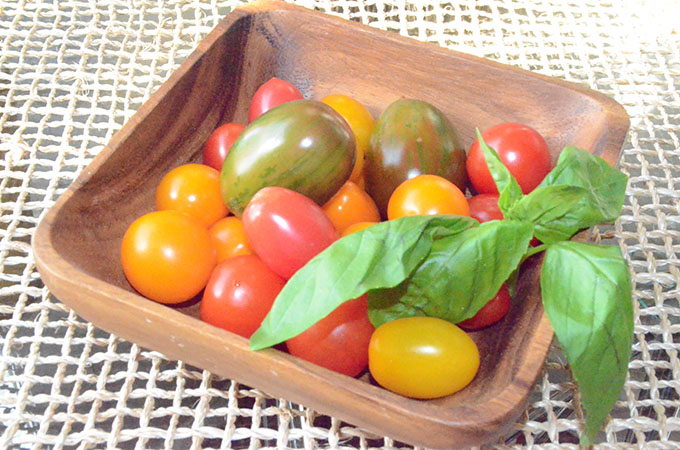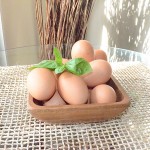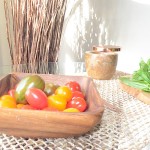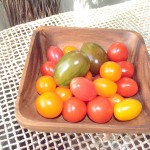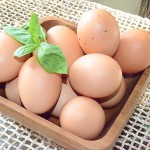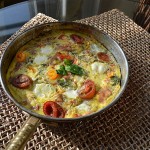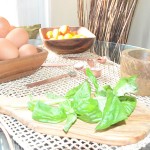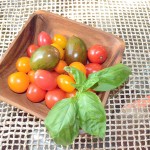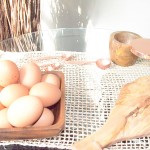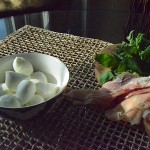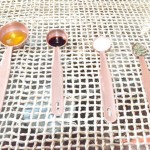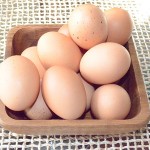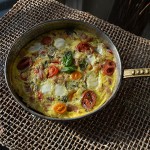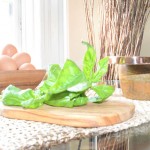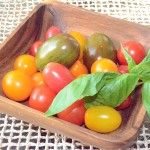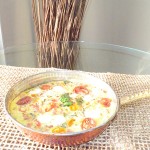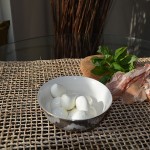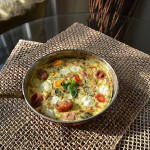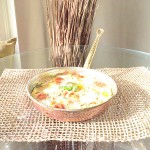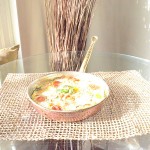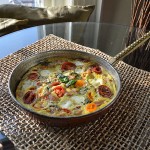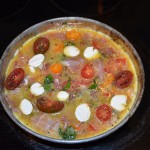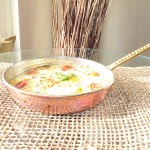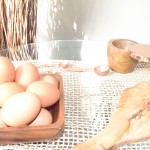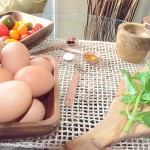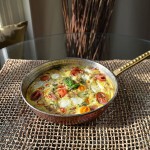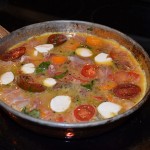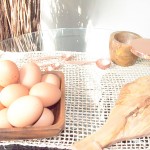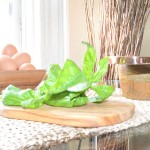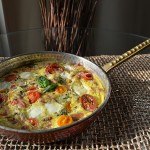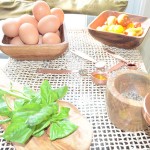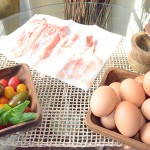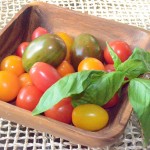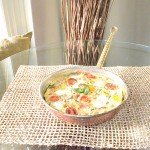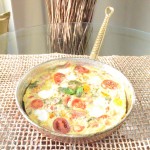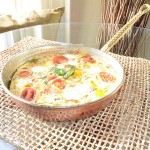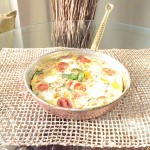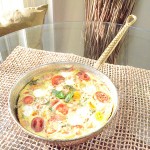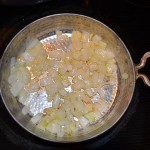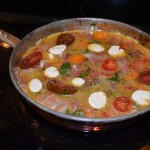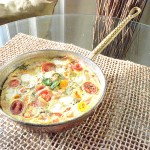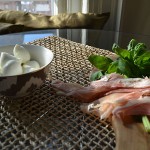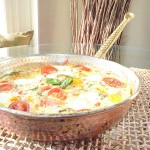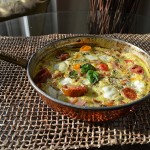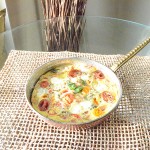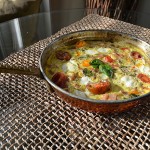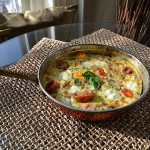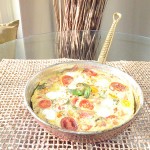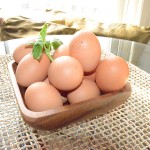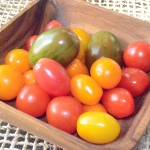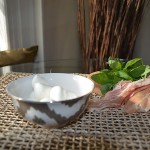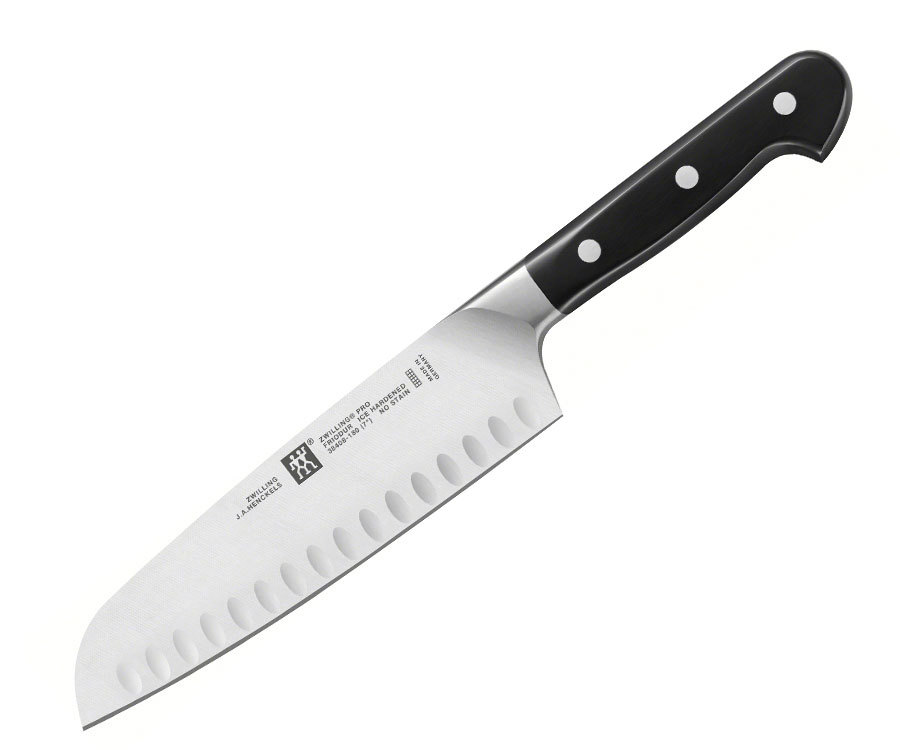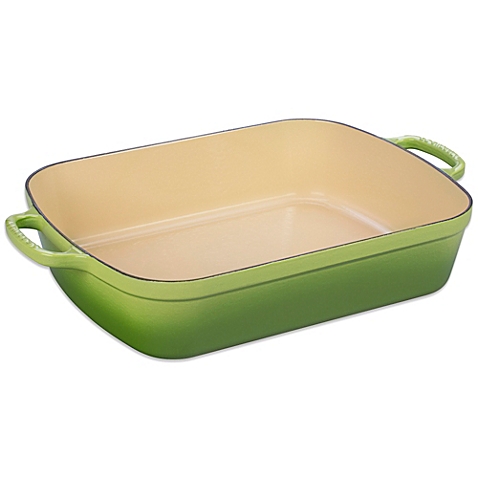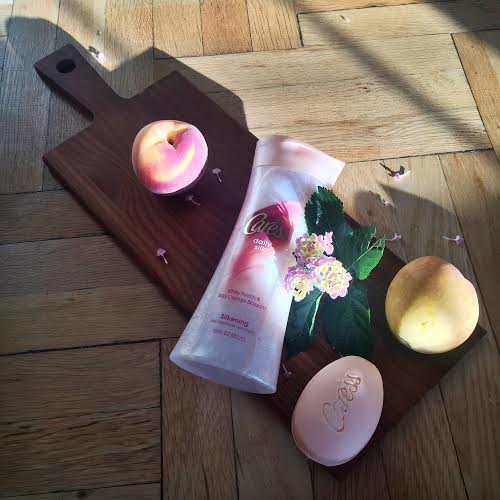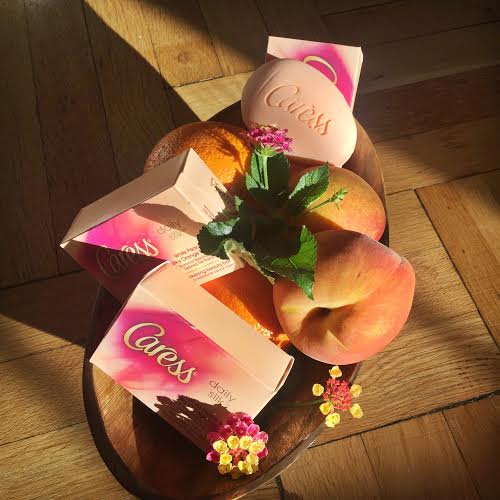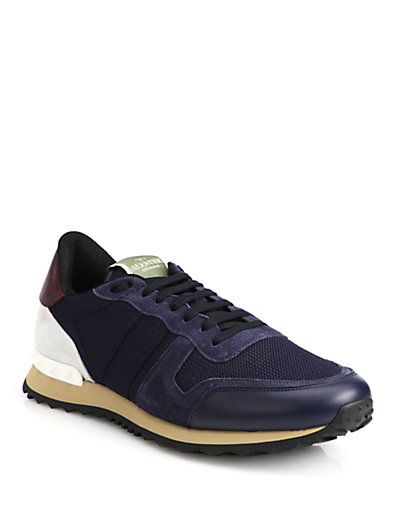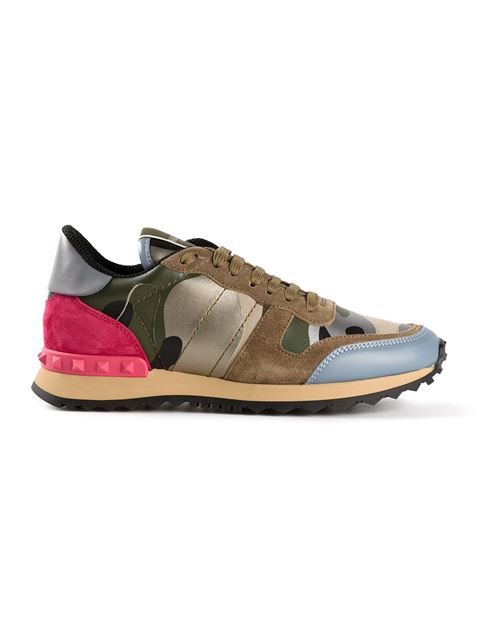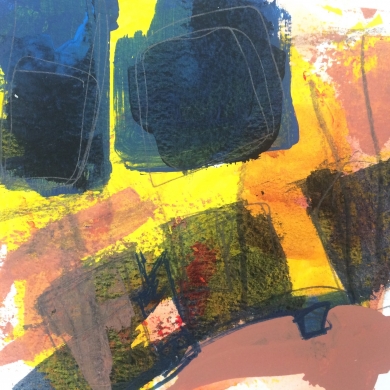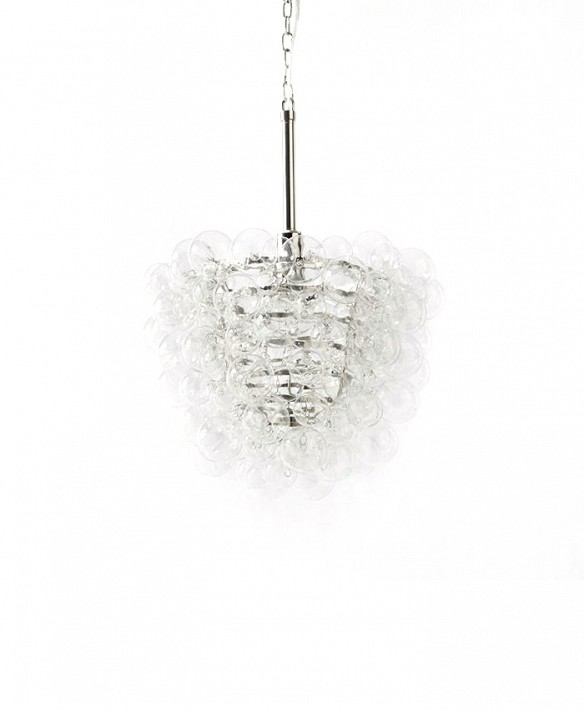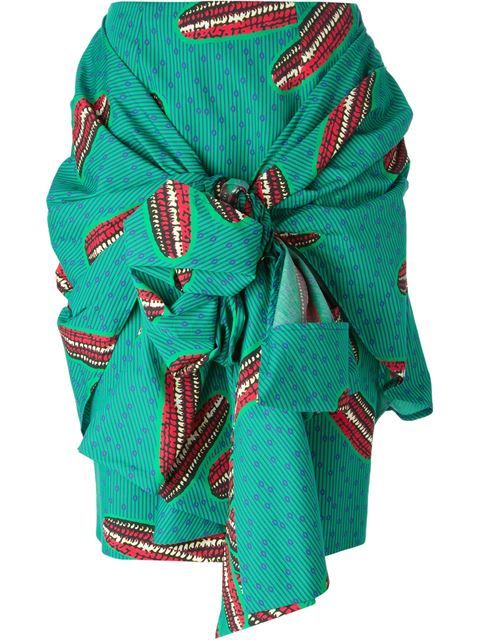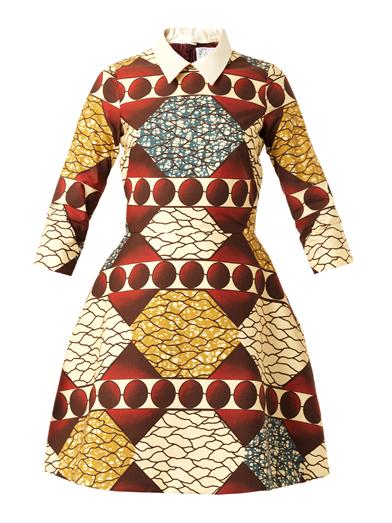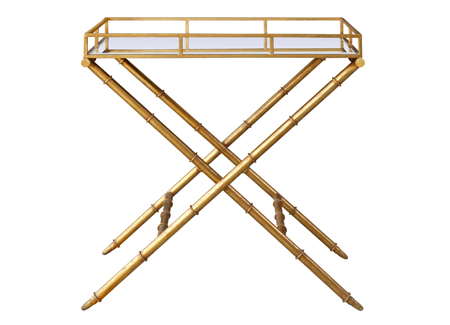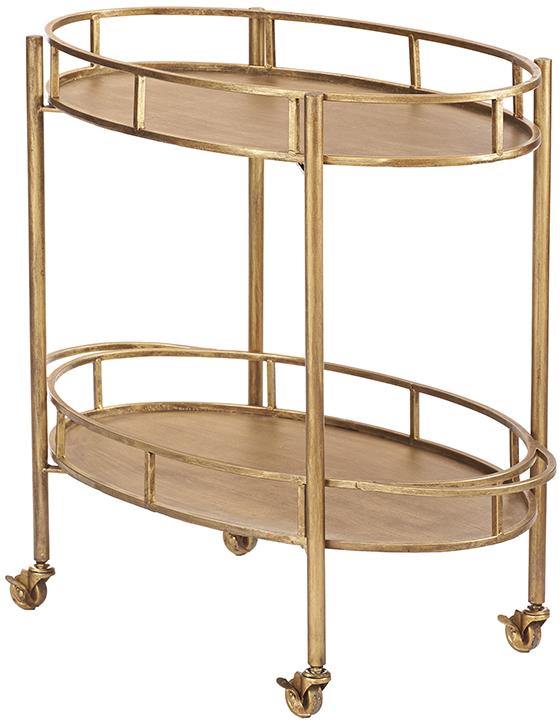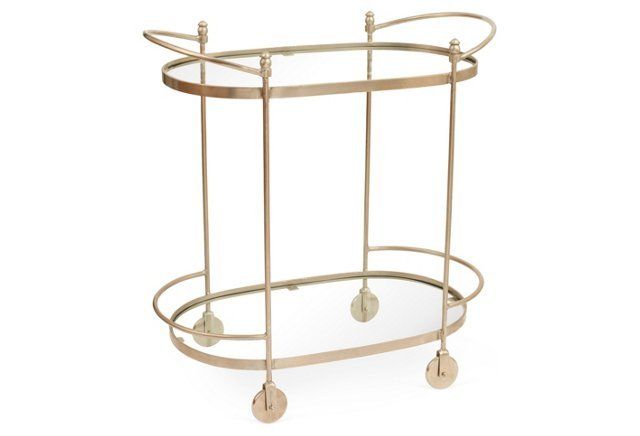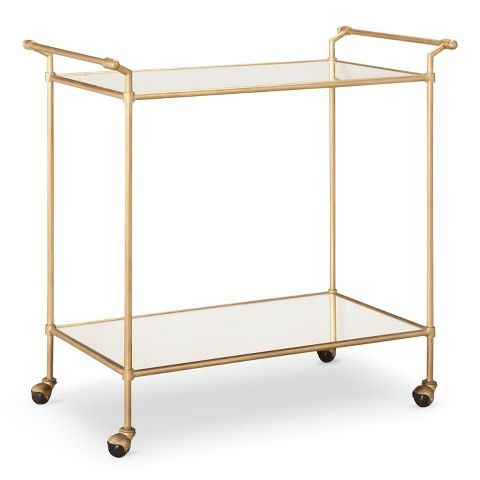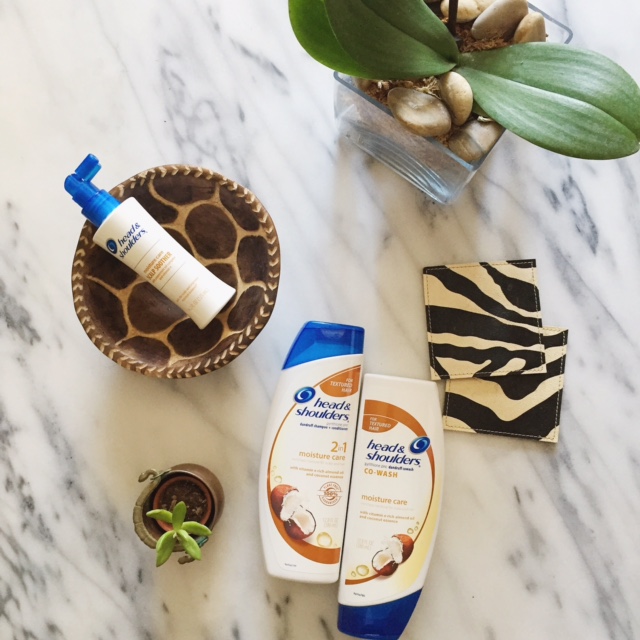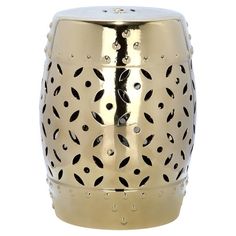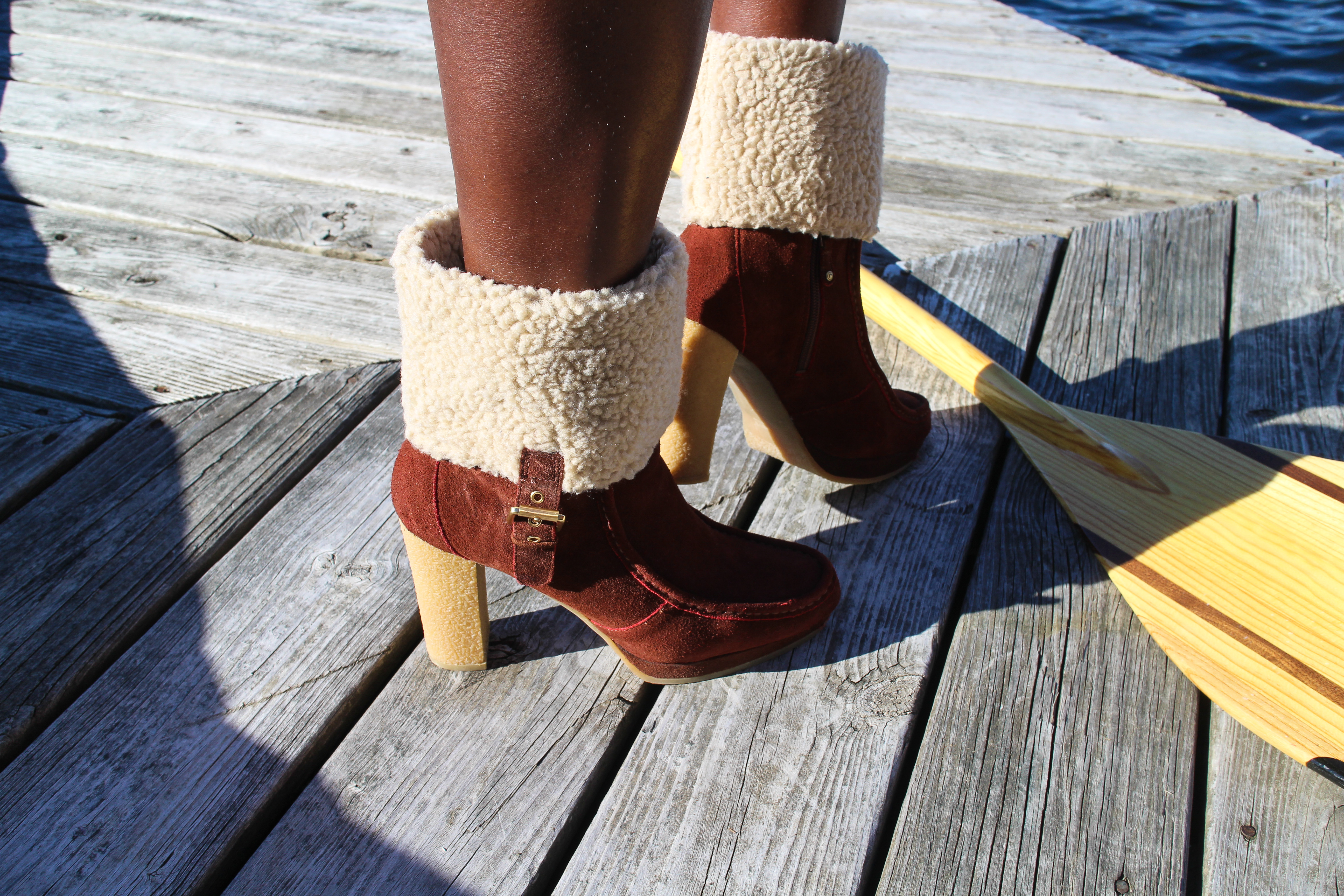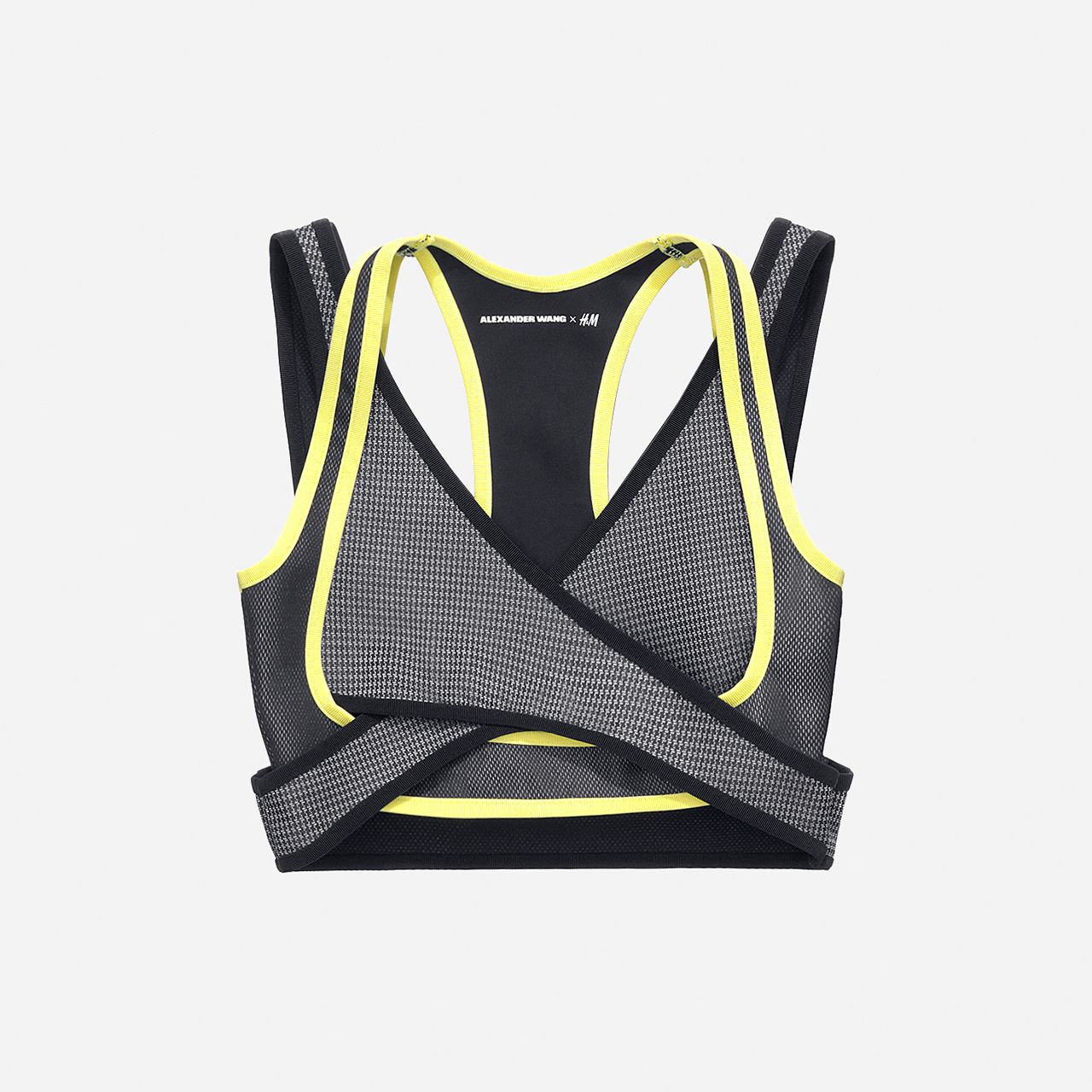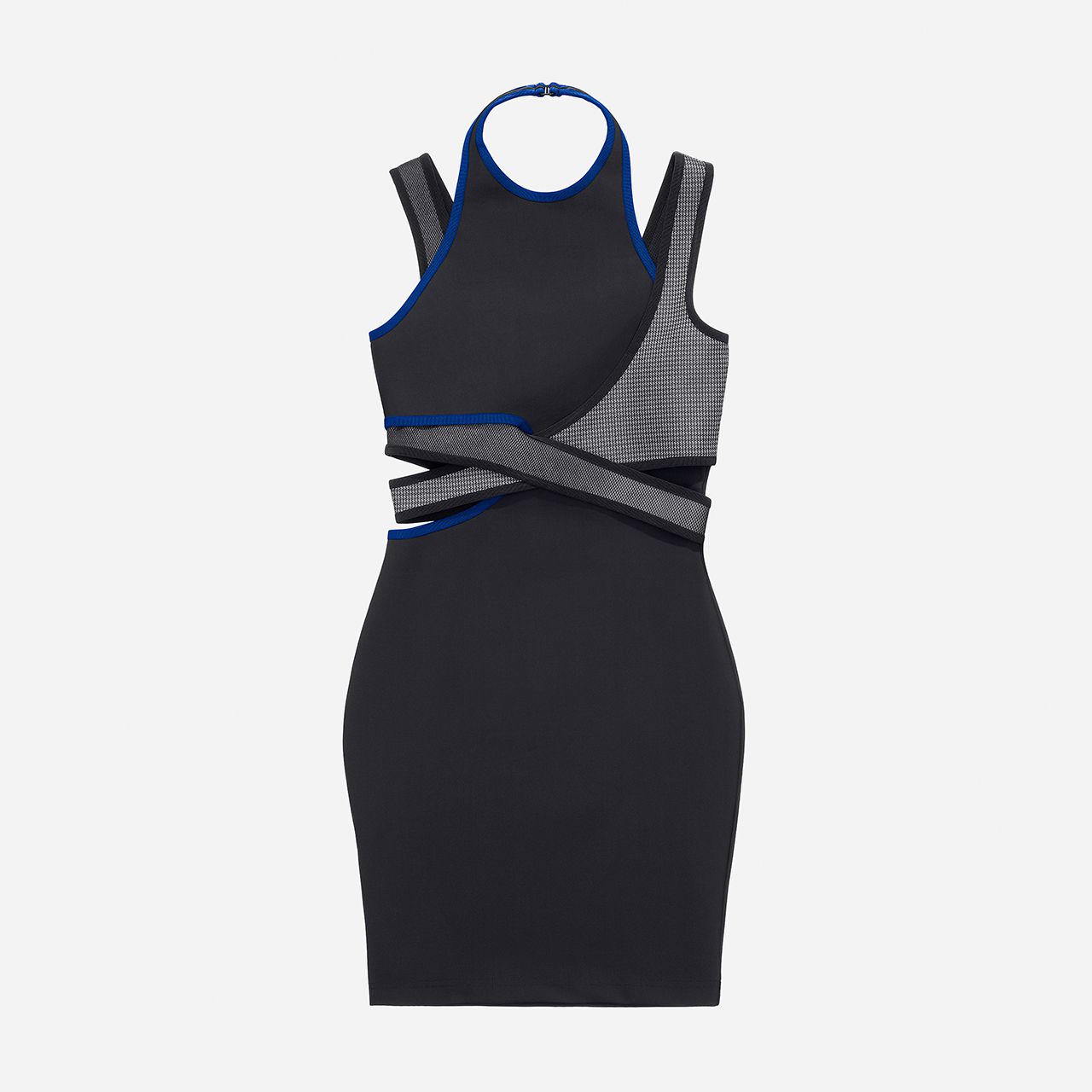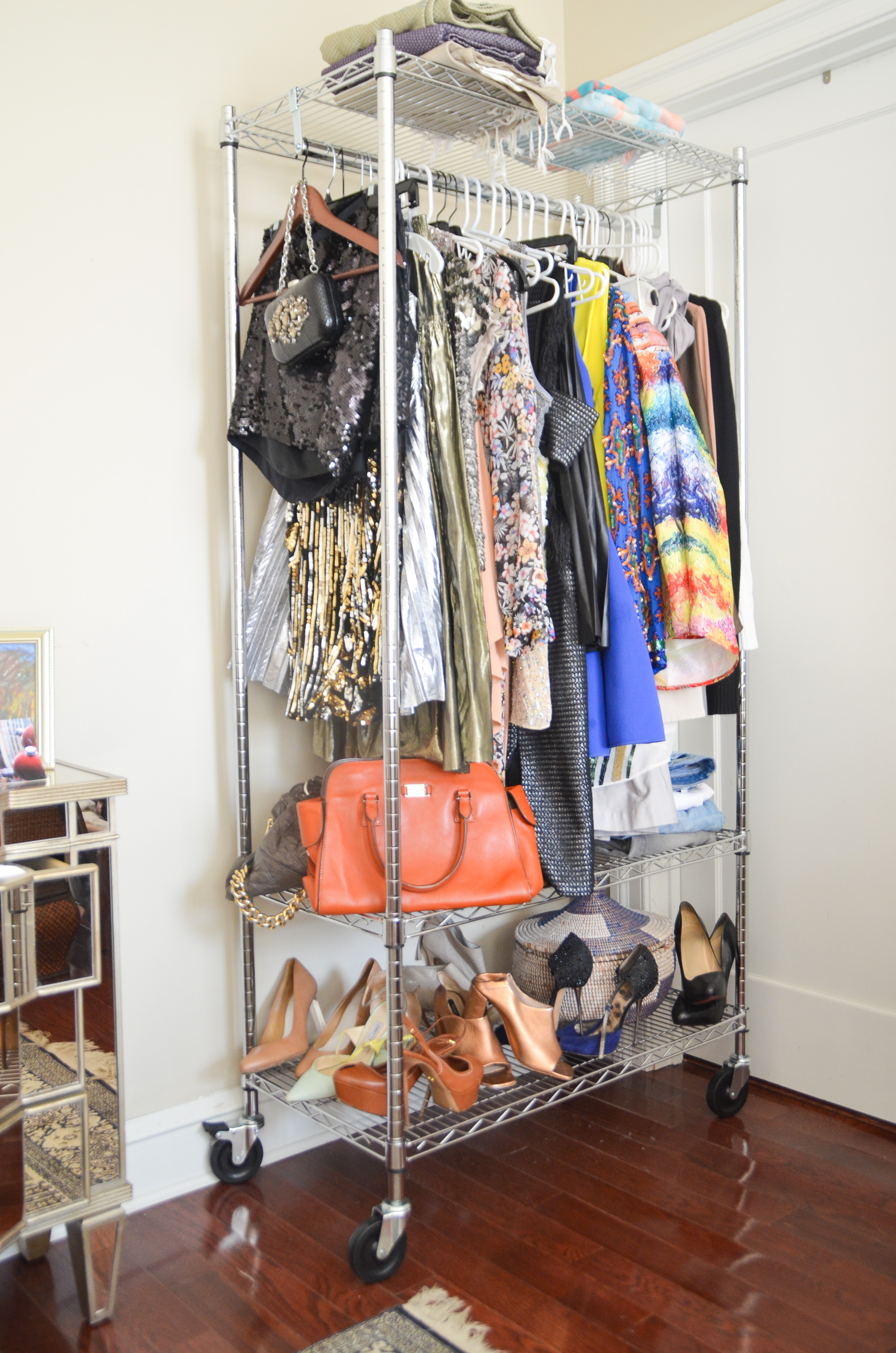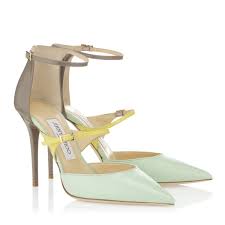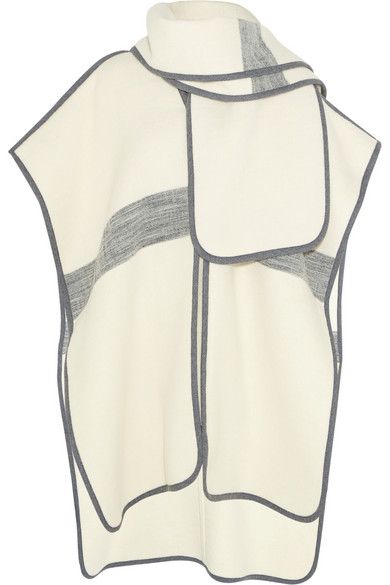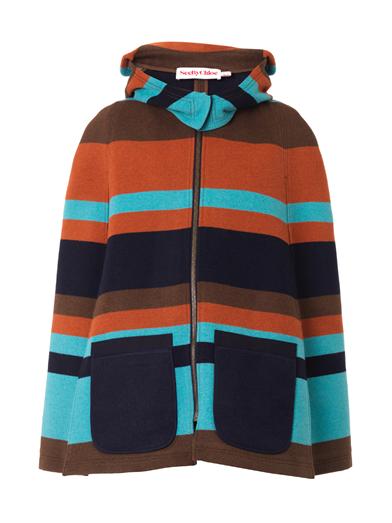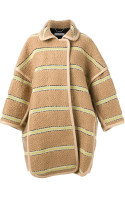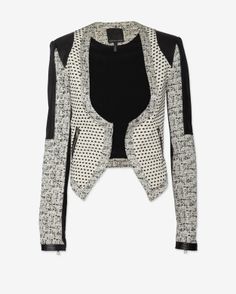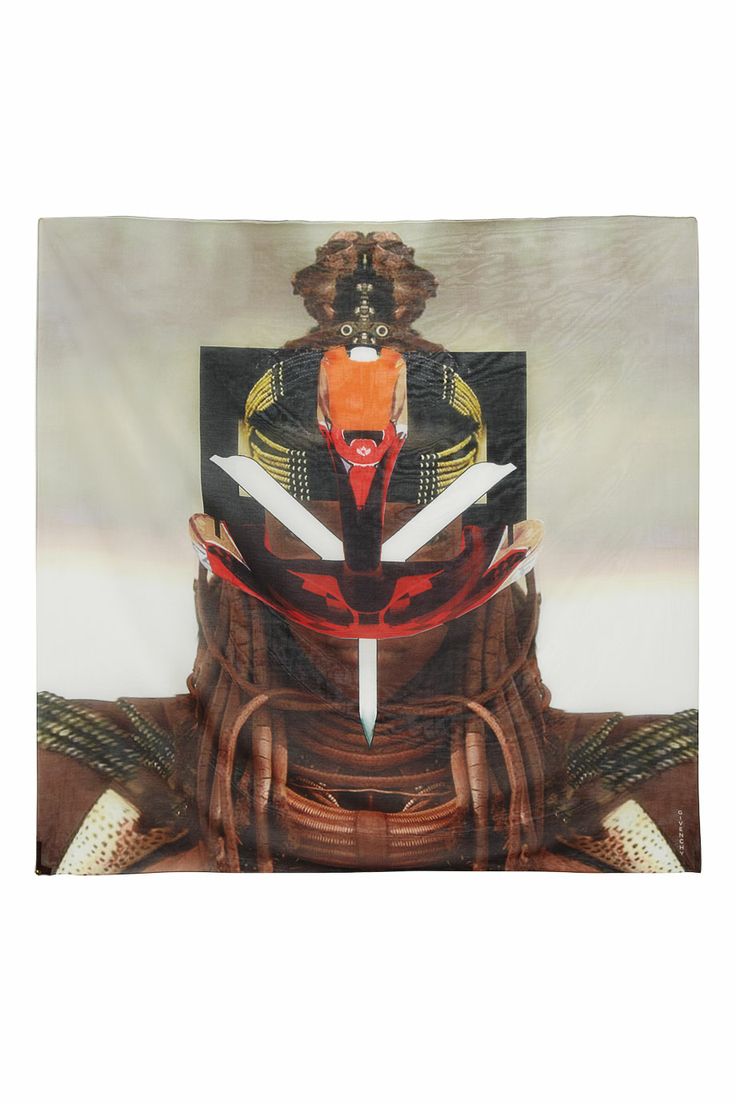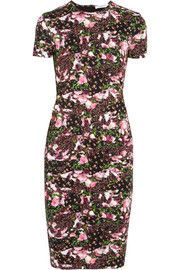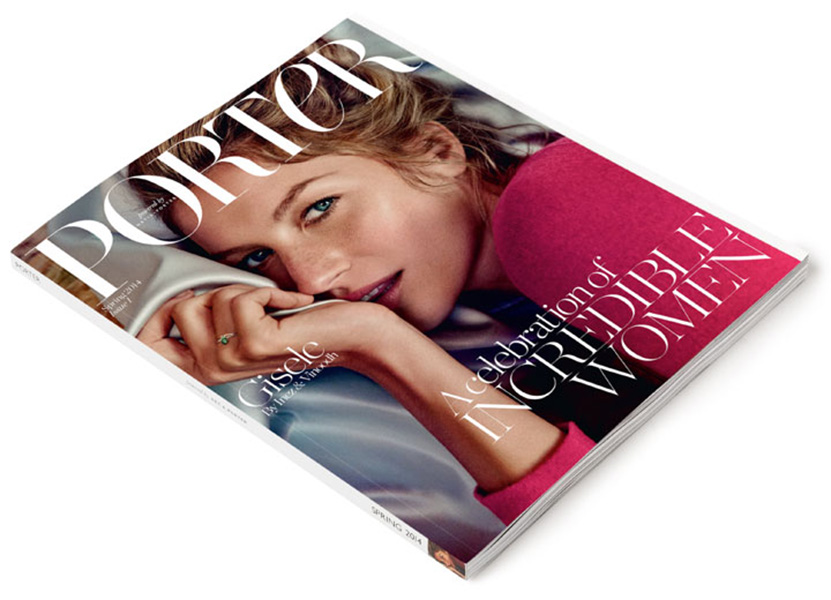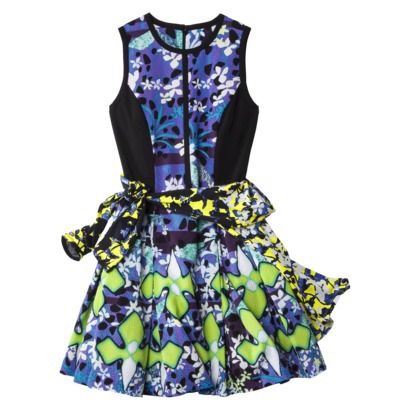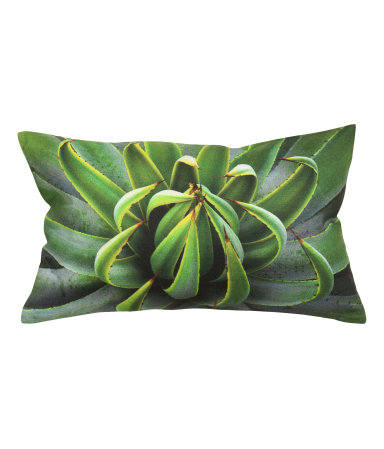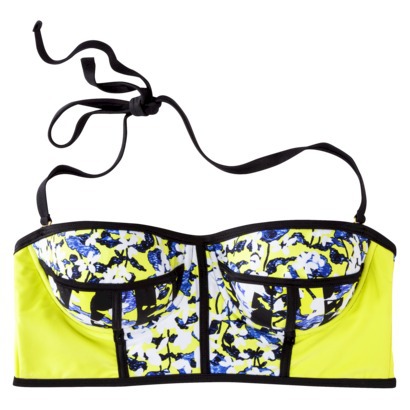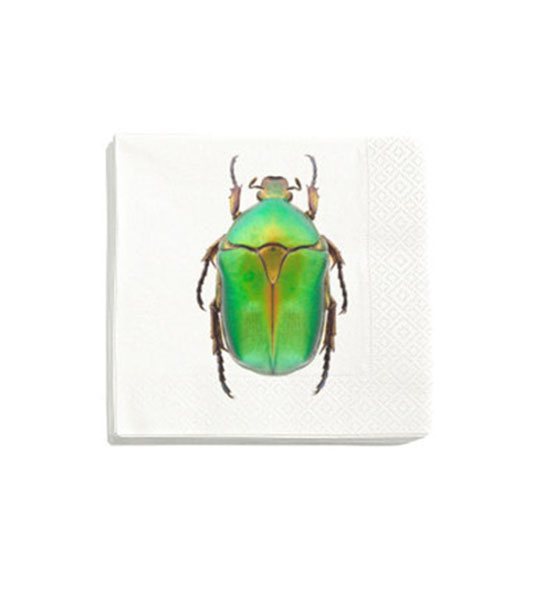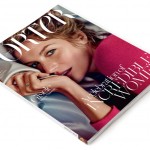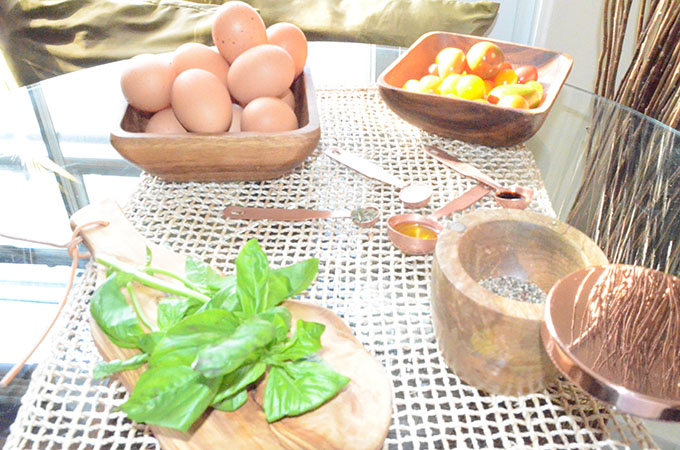 Wood and copper salt cellar, West Elm; Fishnet woven placemat, West Elm; Olive Wood Paddle Board, West Elm; Copper measuring spoons, West Elm.
Wood and copper salt cellar, West Elm; Fishnet woven placemat, West Elm; Olive Wood Paddle Board, West Elm; Copper measuring spoons, West Elm.
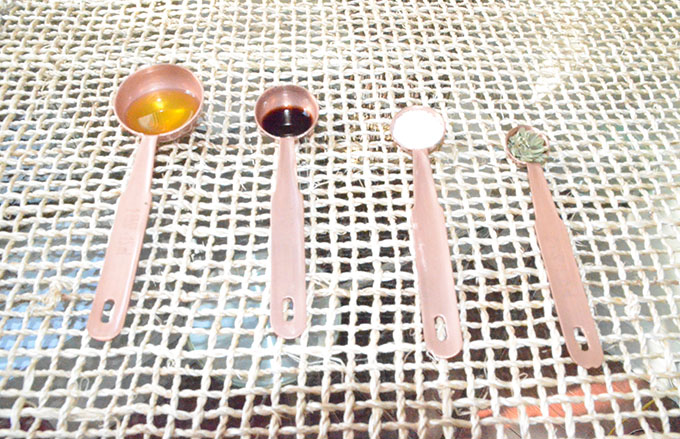 Fishnet woven placemat, West Elm; Copper measuring spoons, West Elm.
Fishnet woven placemat, West Elm; Copper measuring spoons, West Elm.
I think y’all know that this new StyleChile 3.0 is broader in scope than the last, StyleChile 2.0, right? As I was strategizing about the path forward last year, I thought it made sense to incorporate important aspects of my life into this site, including food. Those of you who know me well know of my life-long love affair with food—not just as a heavy consumer, but also as a self-titled culinarian.
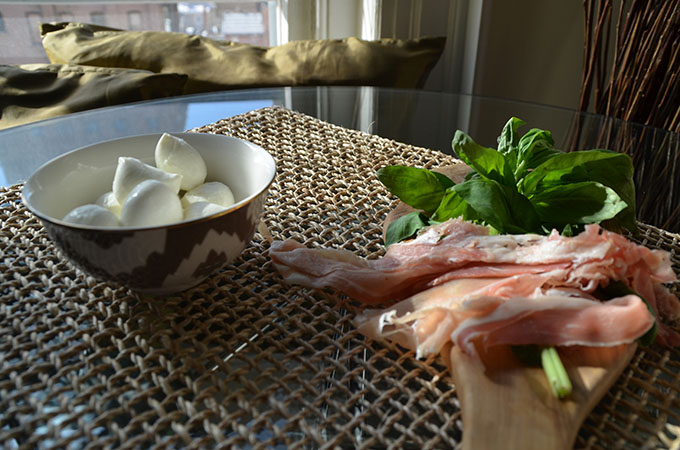 Fishnet woven placemat, West Elm; Olive wood paddle board, West Elm; Ikat mini bowls, Anthropologie
Fishnet woven placemat, West Elm; Olive wood paddle board, West Elm; Ikat mini bowls, Anthropologie
I grew up in a household of fantastic cooks who embraced spices, colorful ingredients, fresh fruits and vegetables (initially from our own garden) and every edible part of fish, fowl, beef, mutton and pork. Having lived in Jamaica for the first eight years of my life, with exotic fruits growing in our yard; vegetables out back; a set of grandparents who are farmers and butchers; the sea and its many treasures a mere mile and a half away (in a village chock full of fishermen, one of whom, nicknamed Rhythm, would religiously drop off a lobster for me on his way back home from a day of free-diving fishing), I learned to appreciate food (all of it!) and aggressive spices from a very young age.
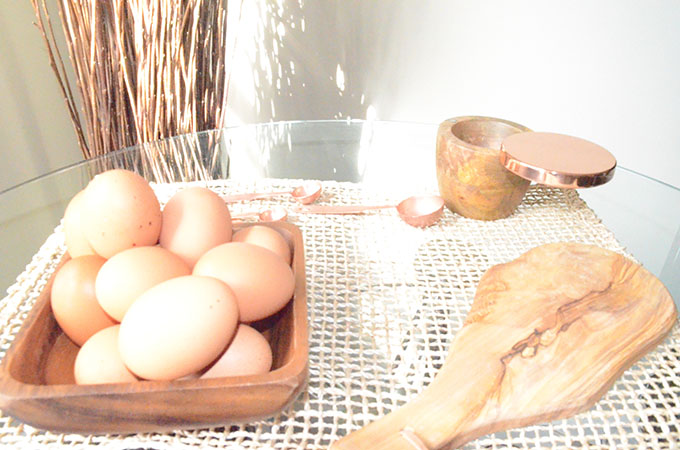 Wood and copper salt cellar, West Elm; Fishnet woven placemat, West Elm; Olive Wood Paddle Board, West Elm; Copper measuring spoons, West Elm.
Wood and copper salt cellar, West Elm; Fishnet woven placemat, West Elm; Olive Wood Paddle Board, West Elm; Copper measuring spoons, West Elm.
My mother taught me how to cook and I remember doing so with her as far back as the age of five or six. I used to stand on a stool in the kitchen, eagerly overseeing her process and devouring every bit of information that she generously doled out. I had the plum role of taster, and she sought my opinion on every dish! My mom and her siblings are all ridiculously good cooks and my dad and his siblings? Even better. It’s a well known fact that Jamaican men embrace the role of cooking more than most—you’ll be hard pressed to find a woman presiding over the kitchen of a Jamaican restaurant, and that oftentimes extends to households. So, even though my mother’s cooking is beyond impressive (like way beyond), my late father’s food was indescribably good, and, secretly, my brother taught me how to make my best dish.
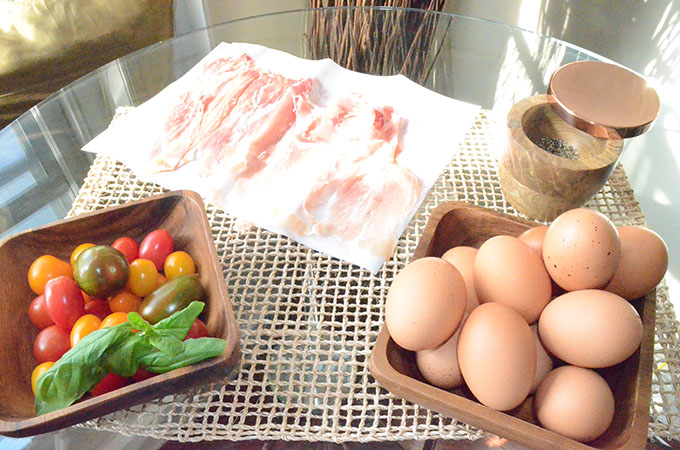 Wood and copper salt cellar, West Elm; Fishnet woven placemat, West Elm; Prosciutto from DiBruno Brothers, est. 1939
Wood and copper salt cellar, West Elm; Fishnet woven placemat, West Elm; Prosciutto from DiBruno Brothers, est. 1939
As my family moved to the cultural melting pot of NYC, to a neighborhood in the Bronx that is as diverse as the United Nations, my love for food comfortably kept pace with my expanding palate. I have also been fortunate to travel the world and to have eaten in some of the best restaurants (the best meal so far: Jules Verne in the Eiffel Tower—I’m coming for you Noma!); have spent countless hours watching episode after episode of Chopped; have been exposed to lifestyle choices such as veganism (thanks Gina), gluten-free (I’m looking at you Jamie); have flirted with Paleo (hey Hots, hey!) and am famously low-carb . . . between meals. Throughout it all, the most important cooking tip that I’ve picked up is that food tastes best when prepared with copious amounts of love.
 Copper pan purchased from the Egyptian Bazaar in Istanbul Turkey
Copper pan purchased from the Egyptian Bazaar in Istanbul Turkey
In any event, although I have no formal training, I’m emboldened by the positive feedback received from friends, family and even strangers who have tried my cooking. If all of that isn’t convincing enough, have no fear. My good friend, and consummate foodie, Raza has been commissioned to handle the Nourishment category on this site. I will supplement his work with a few posts every so often.
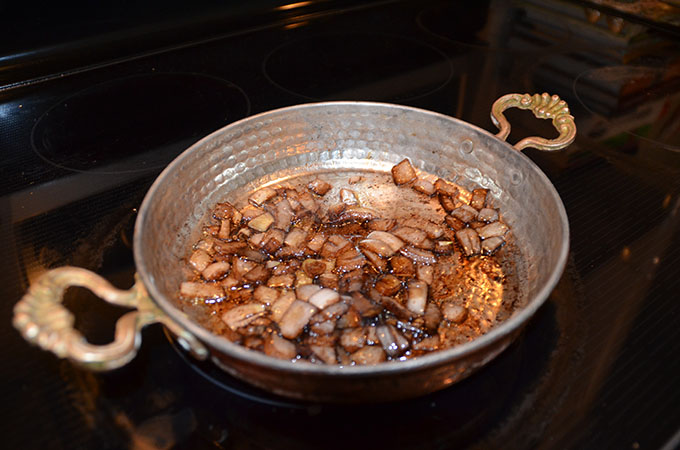 Copper pan purchased from the Egyptian Bazaar in Istanbul Turkey
Copper pan purchased from the Egyptian Bazaar in Istanbul Turkey
So, without further adieu, please get into this Tuscan frittata that I prepared a while back. It’s a quick and easy protein-rich meal that is low-carb, gluten free, arguably paleo and ovo-vegetarian friendly* and can be served for breakfast, lunch, brunch, dinner and everything in between.
 Copper pan purchased from the Egyptian Bazaar in Istanbul Turkey; Fishnet woven placemat, West Elm
Copper pan purchased from the Egyptian Bazaar in Istanbul Turkey; Fishnet woven placemat, West Elm
{Time}
Prep – 10 minutes
Cook – up to 15 minutes
{Yield}
6 servings
{Equipment}
Medium sized oven-safe deep skillet/frying pan
Measuring spoons
Mixing bowl
Whisk or fork
See above for where to buy the equipment depicted in my photos
{Ingredients}
6 large eggs, beaten
2 oz sliced prosciutto, chopped
5 or 6 fresh basil leaves, chiffonade
1 handful of heirloom tomatoes, chopped
4 oz fresh buffalo mozzarella
½ cup onion, chopped
1 tbsp extra virgin olive oil
2 tsp balsamic vinegar
Kosher or sea salt
Black pepper, freshly ground
Optional, but recommended: ¼ cup heavy cream
{Notes}
Exclude prosciutto for an ovo-vegetarian variation.
Heavy cream may be swapped for dairy or non-dairy milk for less calorific option.
Buffalo mozzarella prepared the traditional way (non-pasteurized) should be safe for the Paleo diet/primal eaters.
I used about about one-half of ingredients while making the frittata depicted
{Method}
1 – Pre-heat oven to 425 degrees.
2 – Heat extra virgin olive oil in skillet/frying pan over medium high heat on stove.
3 – Add onion to oil, spreading evenly + stirring to coat. Cook until tender or translucent.
4 – Reduce heat, add balsamic vinegar, cook for up to 5 minutes, stirring occasionally.
5 – Season egg mixture with salt and pepper (to taste), after ensuring that mixture is beaten to capacity—with cream if desired—in a medium sized bowl using whisk or fork.
6 – Add egg mixture to pan, then incorporate tomatoes, buffalo mozzarella, basil and prosciutto. Cook for three minutes, or until firm on bottom.
7 – Transfer pan to oven, baking until the frittata is firm or golden, about 10-15 minutes depending on your oven.
8 – Plate, or not, then serve.
View additional photos of my adventures in the kitchen in the gallery below. Photos and article by Naki.
Leave a Comment
